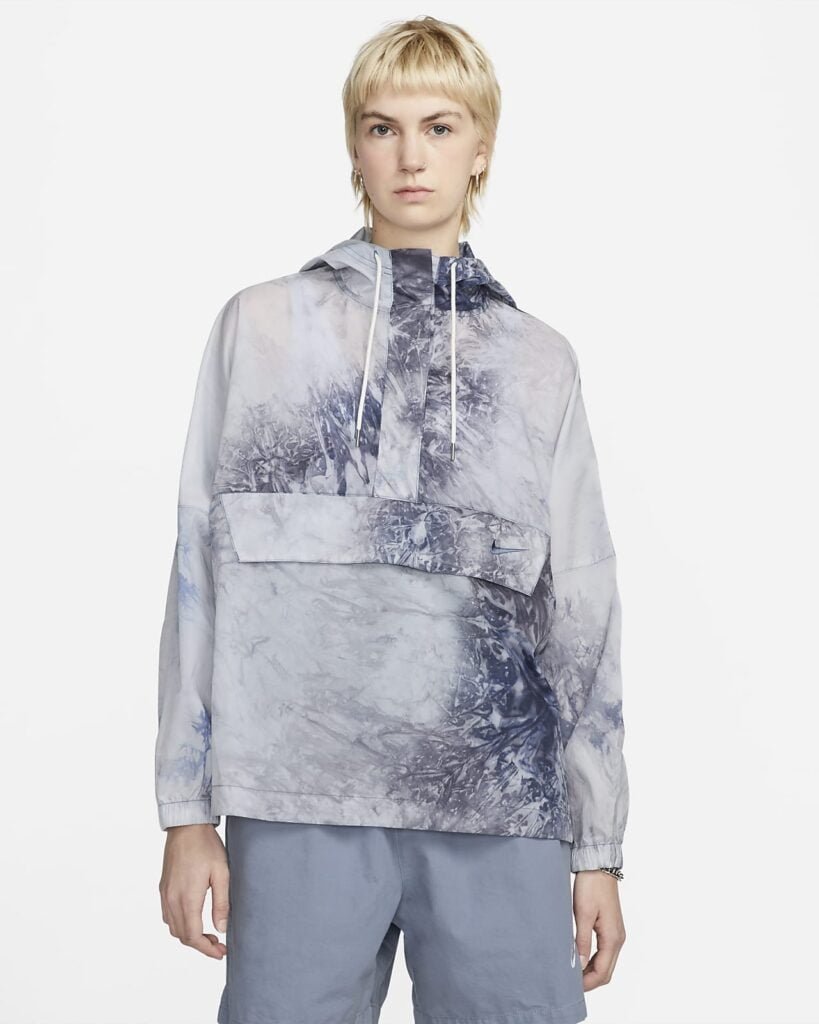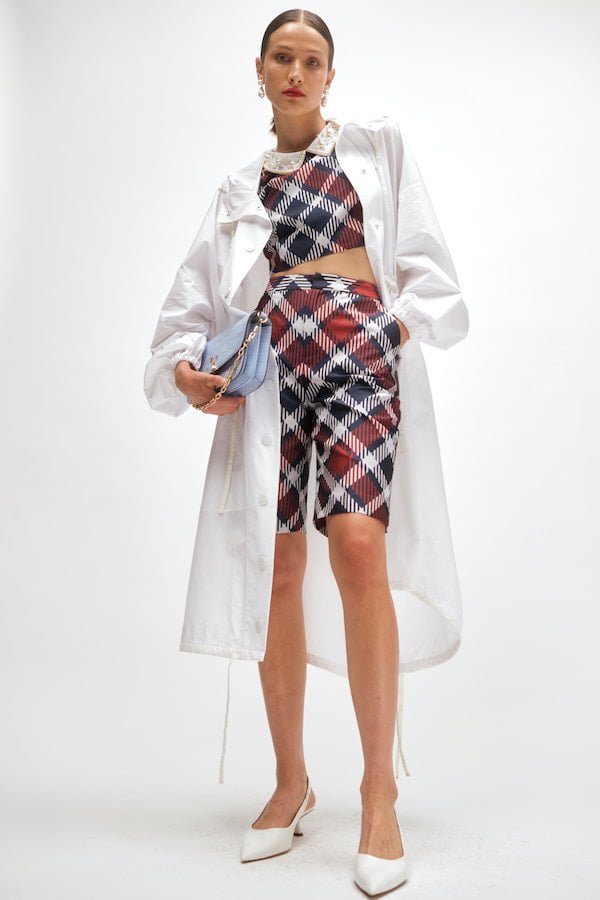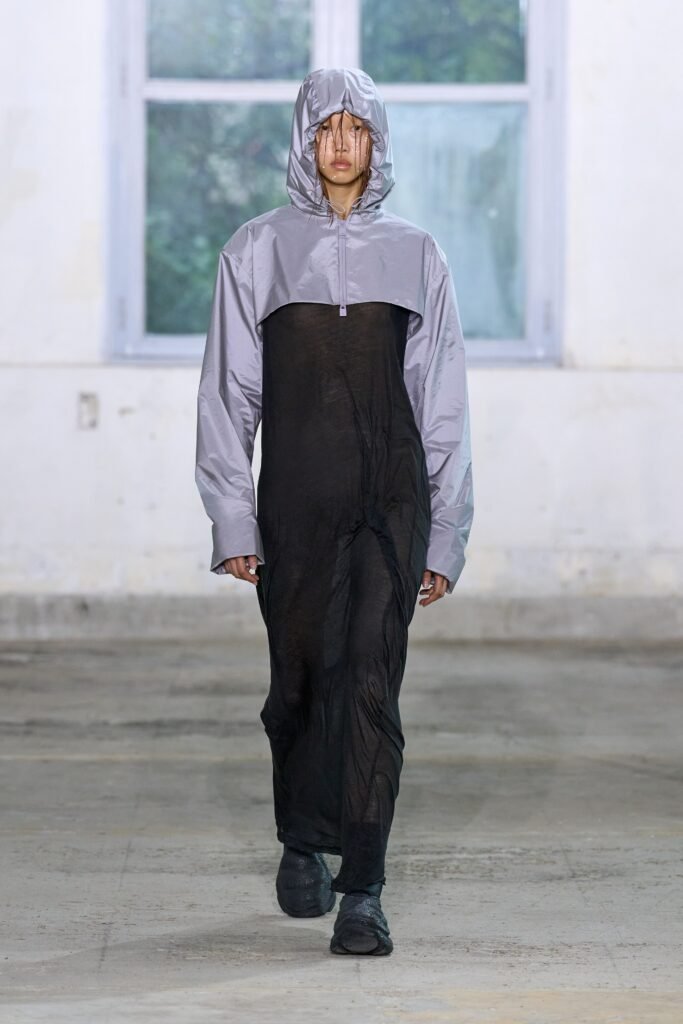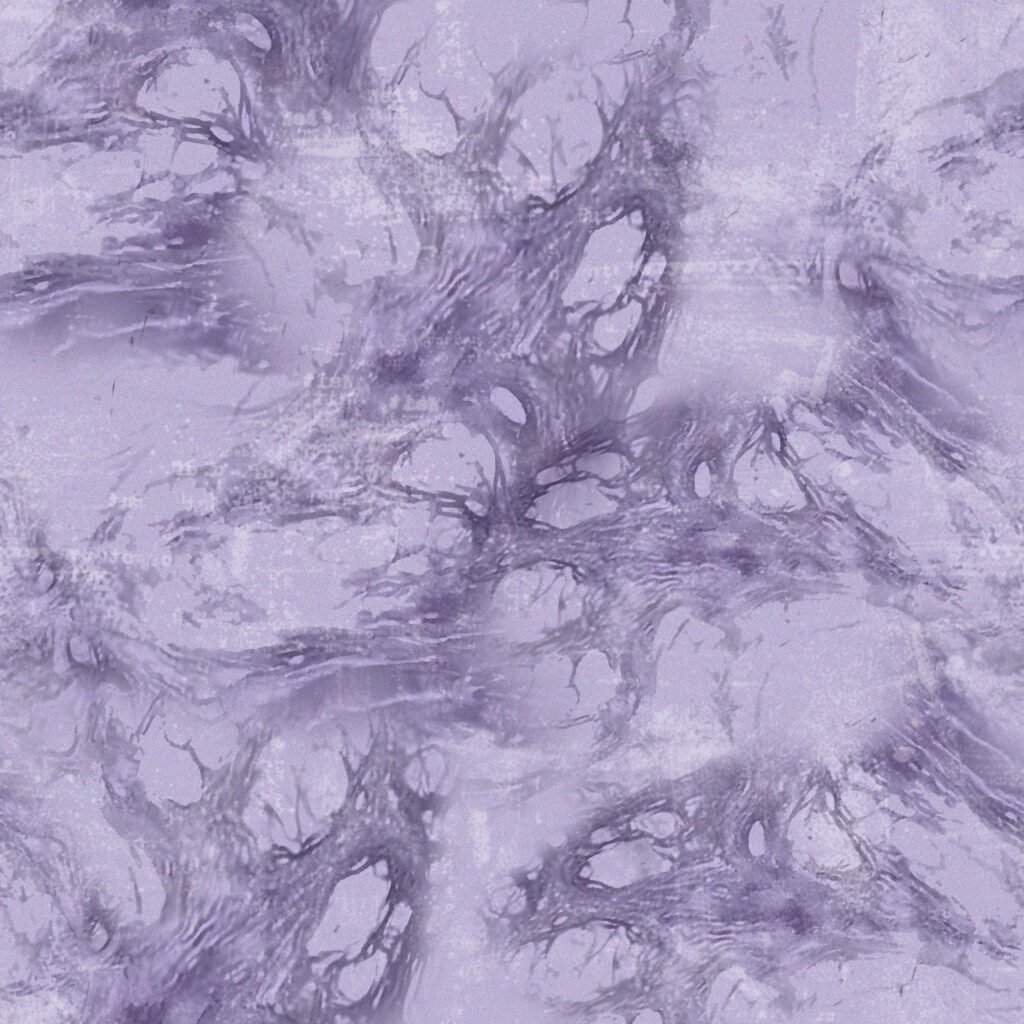UV-resistant fabrics play a crucial role in providing protection against the harmful effects of ultraviolet (UV) radiation from the sun. As awareness of the dangers of UV exposure grows, the demand for clothing with built-in sun protection has increased. UV-resistant fabrics are designed to block or absorb UV radiation, reducing the risk of sunburn, skin damage, and long-term health issues such as skin cancer.

One of the key features of UV-resistant fabrics is their ability to provide a high Ultraviolet Protection Factor (UPF). UPF indicates the level of UV radiation that can penetrate the fabric and reach the skin. Fabrics with a higher UPF offer greater protection, effectively blocking a larger percentage of UV rays.


Common materials used in UV-resistant fabrics include nylon, polyester, and elastane, which are often treated with UV-absorbing chemicals during the manufacturing process. These fabrics are lightweight, breathable, and quick-drying, making them ideal for outdoor activities and sports.


In addition to their protective properties, UV-resistant fabrics are also designed to be durable and long-lasting, maintaining their sun protection capabilities even after multiple washes and prolonged exposure to sunlight.


When choosing UV-resistant clothing, it’s important to look for garments that cover a large surface area of the body, such as long-sleeved shirts, wide-brimmed hats, and pants. This helps to minimize skin exposure and provides comprehensive sun protection.


In conclusion, UV-resistant fabrics are an essential component of sun protection clothing, offering a reliable defense against the harmful effects of UV radiation. As the importance of sun safety becomes increasingly recognized, the development and use of UV-resistant fabrics will continue to play a vital role in promoting skin health and overall well-being.



